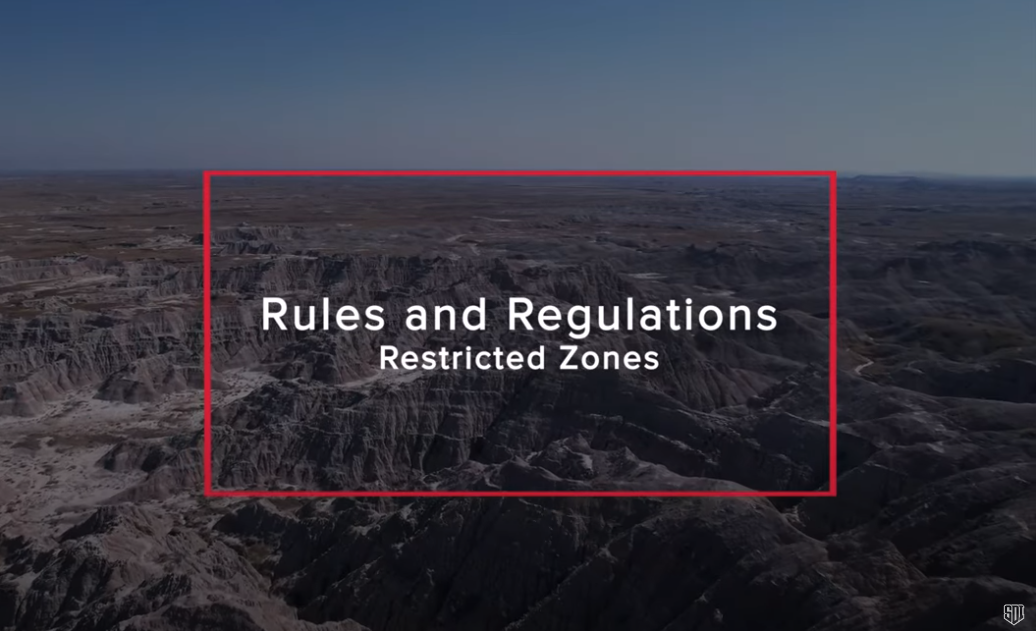
As drones have become more popular and accessible, understanding where you can and cannot launch is paramount for both legal and safety reasons. As a drone pilot, the onus is on you to be aware of and understand the various flight rules and regulations in your location. Today, Kyle from Stay Gold Visuals goes over how he makes sure he is flying in non-restricted areas.
Check the Airspace Before Taking Off
It is important to note that not all airspaces are open for drone flights. For example, certain areas like national parks and national grasslands typically have strict regulations against drone take-offs and flights.
Knowing this, it is essential to check the specific rules pertaining to the zone they intend to operate in. After all, if caught, you could face fines from the FAA of up to $32,666, per incident.
Utilizing Helpful Resources
Many drones on the market today have an internal system built into them that, theoretically, prevents them from taking off in restricted zones. They also might automatically decelerate and hover in place if it is about to enter restricted airspace.
However, not every drone is equipped with this feature, and even then, the internal system preventing takeoff might not work every time. That’s why Alex uses a dedicated app called “Before You Fly.” Applications like this provide up-to-date information on flight restrictions and no-fly zones, offering you peace of mind knowing you’re operating within legal parameters.
By making use of your drone’s internal system and a dedicated app, you can now plan your next flight with confidence. Happy flying!
Learn More with Sonoran Desert Institute
Sonoran Desert Institute (SDI) recognizes how quickly the drone industry is growing. That’s why SDI has created the School of Uncrewed Technology. Find out more about our Certificate in Uncrewed Technology – Aerial Systems program here.

